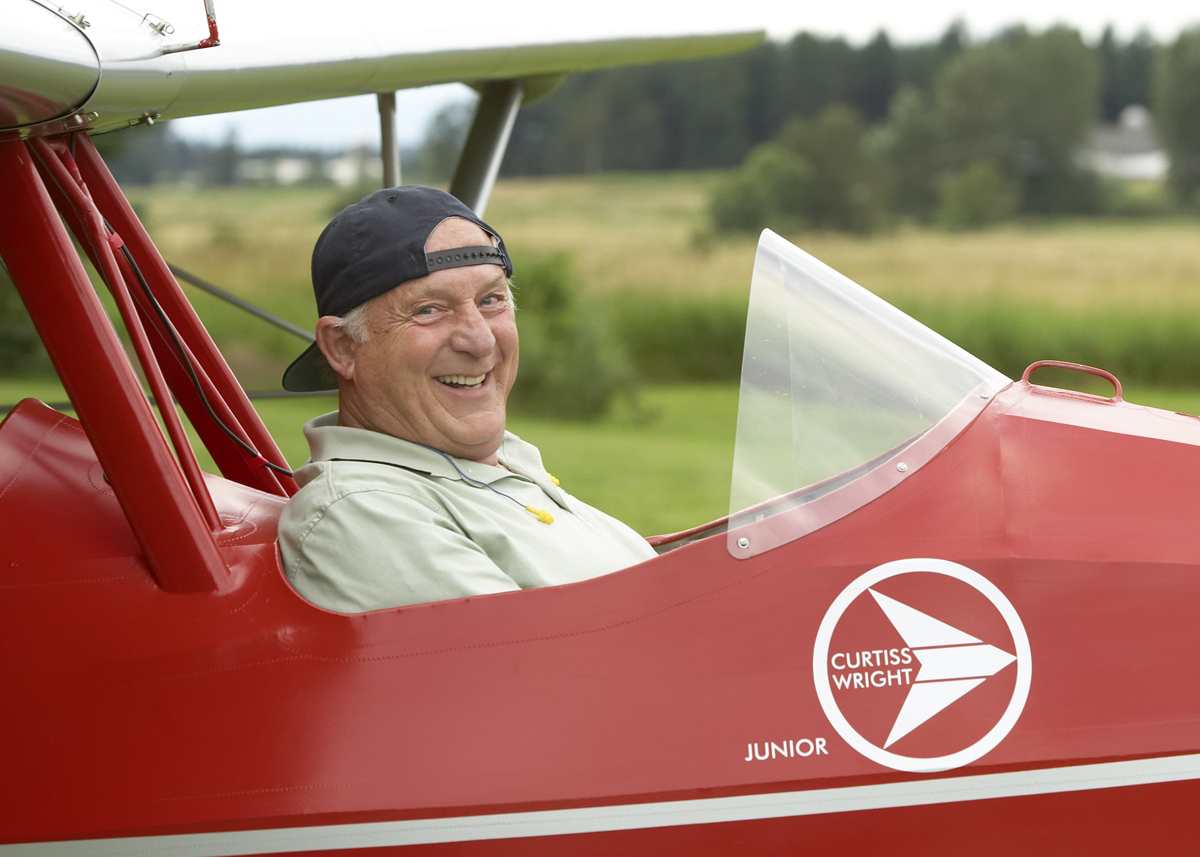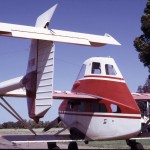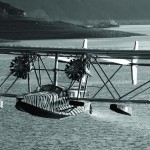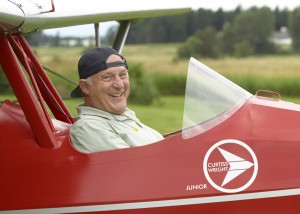
Barry Schiff, a pilot, author and award-winning journalist, has written 13 books and almost 1,300 articles. His latest book is “Dream Aircraft: The Most Exciting Airplanes I’ve Ever Flown.”
By Henry M. Holden
Barry Schiff, a pilot, author and award-winning journalist, has been flying for 55 years. He earned an airline transport pilot rating in 1961 at age 21, and TWA hired him in 1964. He spent 34 years and most of his 27,000 hours total time with them. But he also logged time in 306 types of aircraft. He claims at least six world speed records (all have since been superseded), and has every FAA category and rating except airship.
“I’m working on that one,” he said.
A prolific author, Schiff has written 13 books and almost 1,300 articles. Early in his writing career, he wrote two novels, “Flight 902 is Down” and “The Vatican Target.” His latest book is “Dream Aircraft: The Most Exciting Airplanes I’ve Ever Flown.”
“I went back to nonfiction because I didn’t think I was good enough to break into the world of fiction,” said Schiff. “Unless you write a bestseller, your pay per hour of effort involved is low. I thought the two novels were good yarns. They did OK, but didn’t sell to the level of great fiction.”
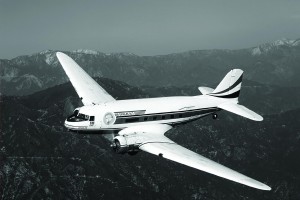
Barry Schiff’s strong desire to check out in a Douglas DC-3 almost became an obsession. Flying the aircraft was a fulfilled dream, even if it did empty his wallet.
“Dream Aircraft” features 33 aircraft Schiff has flown and documents his lifelong journey in aviation, from the nostalgia of the Spirit of St. Louis, to the P-51 Mustang and the exciting Lockheed U-2. Schiff says he doesn’t have a favorite.
“It’s impossible to have one when you’ve flown that wide a variety of aircraft, because they do different things for you,” said Schiff. “It depends on what you consider the most fun at the time. For the most fun, how can you beat an Aeronca Champ, or an amphibian?”
The most impressive aircraft was the U-2.
“It wasn’t the most fun, but it was the most incredible machine I’ve ever flown,” he said. “To get up to 75,000 feet in an air-breathing engine is so miraculous. You have to wear a pressure suit and get prepared physiologically. It made everything down below seem so insignificant. You’re so high it’s almost impossible to see any of Earth’s details.”
He had hoped to see the curvature of the Earth but didn’t.
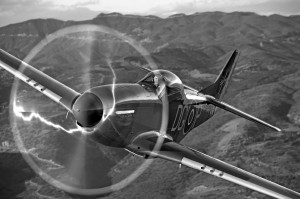
In a conversation with his wife after his first P-51 flight, Barry Schiff described his appearance as “tired, hot, sweaty and breathless.” She said he sounded like someone who just had sex. “Couldn’t have put it better,” he said.
“They say you have to be closer to 100,000 feet before you detect the curvature,” he said. “But the way you look at the horizon could easily give you that impression of curvature, the way things fall off to the side.”
NASA’s Orbiter simulator was a different kind of experience.
“The simulator is quite realistic,” he said. “When you take off in the simulator, you’re on your back, the way they are in the actual orbiter. You get the sensation of lifting off and heading for space. What impressed me most was how almost anybody could be taught how to bring that aircraft down for a landing from orbital flight. It’s all done using energy management and flight directors. If you follow the flight directors, they take you right down to where you want to go.”
Schiff’s ride is almost the real thing.
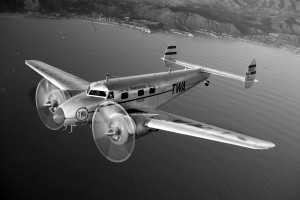
Barry Schiff flew a Lockheed 12A Electra Junior built in 1937. He reminds his readers of a similar one used in the 1942 film, “Casablanca.” Schiff details its long history as one that “touches your soul.”
“Of course, I didn’t wear a spacesuit at the time, and I hadn’t been in orbit for a week, so I don’t know what effects those things would have on me if I were really flying the space shuttle,” he said. “It was actually easier to fly than I had expected, as long as nothing went wrong. If something had gone wrong, I wouldn’t have known what to do.”
He also had NASA’s chief astronaut sitting next to him in the right seat, guiding him and keeping him safe.
“I was very impressed, scientifically and technologically, with how it managed energy to bring you to a specific point on the ground,” he said. “While they can’t simulate the G-loads, the performance is simulated quite well.”
Schiff commented on the most memorable plane he’s flown: the P-51 Mustang. The flight took place on May 14, 2007, when he was 67.
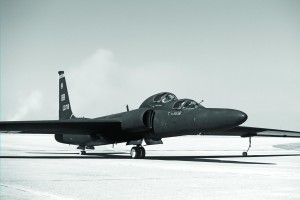
Barry Schiff said being able to fly to 75,000 feet in Lockheed’s U-2, with its air-breathing engine, was miraculous. He made his flight in the U-2ST, a two-place version of the reconnaissance aircraft the Air Force nicknamed the “Dragon Lady.”
“The drama was inescapable,” he said. “The people who checked me out in the airplane thought I was probably the oldest person to solo in the P-51. These machines take you back to different times in history and give you a concise look into what it must have been like in those days. I got a brief look into what it was like to have flown the P-51 for its intended purpose, as a fighter. Even with the DC-3, you can’t fly that airplane without being impressed with what it did for the air transport industry and for the war effort.”
Schiff doesn’t just write about his favorite airplanes. Fascinating airplanes have lured him around the world. One of them was the Transavia PL-12U Airtruk, which he hunted down in Australia.
“It was really a weird machine,” he said. “It’s ungainly and resembles a Volkswagen that’s been modified to look like a Cessna Skymaster with one engine.”
Schiff loves writing.
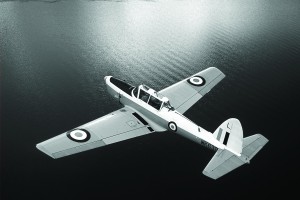
Barry Schiff says the De Havilland DHC-1 Chipmunk, with its tapered wing and narrow, sleek fuselage, looks more like a petite WWII fighter than the military trainer it was. According to Schiff, 350 airworthy Chipmunks remain.
“One of the things I enjoy most about what I do in aviation is sharing my experiences through writing,” Schiff said. “I’ve been given so much from others who have shared with me. I’ve always felt that when you make something of yourself in aviation, there’s an obligation to give back in some way. This is my way of sharing many of the great experiences I’ve had with others.
“Some say you write books to make money. You do make a little money, but not a lot. When someone says, ‘I read your book,’ it makes you feel that what you’ve done is worthwhile. When you take your last flight, all that remains of you is what you leave behind. Hopefully, you’ve left something that people can enjoy or will benefit from in some way. That’s one of the reasons I write. I’d like to know that I’ve had some positive impact and effect.”
Schiff’s writing is taking a new direction.
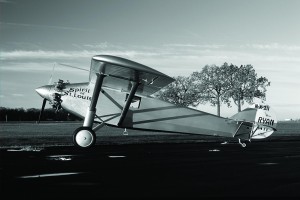
When Barry Schiff flew the replica Spirit of St. Louis, it didn’t have fuel tanks in front of Lindbergh’s seat, allowing George Daubner to give Schiff his check ride. Daubner blocked Schiff’s vision to make it a realistic simulation of Lindbergh’s view.
“Right now, I’m working on another book, which is for high school students,” he said. “It’s on the science of aeronautics, but I’m writing it in a way they can understand and perhaps get excited about the subject. I’m trying to push them into exploring what really makes an airplane fly, and then go out and take flight lessons.”
Schiff’s gift of storytelling takes the reader on an amazing journey across time and space as he flies some of aviation’s most rare aircraft, as well as the most popular. He presents everything you need to know about the aircraft, with a detailed report on the handling of the airplanes, as well as their performance tables and history.
For more information, visit [http://www.barryschiff.com].
- The Transavia PL-12U Airtruk lured Barry Schiff to Australia’s outback for his check ride. He says it resembles a Volkswagen modified to look like a Cessna Skymaster with one engine.
- The Sikorsky S-38 amphibian is one of the all-time great airplanes from aviation’s Golden Era. Barry Schiff feels it’s an advanced and well-balanced airplane, considering it was designed only a year after Lindbergh’s historic flight.











